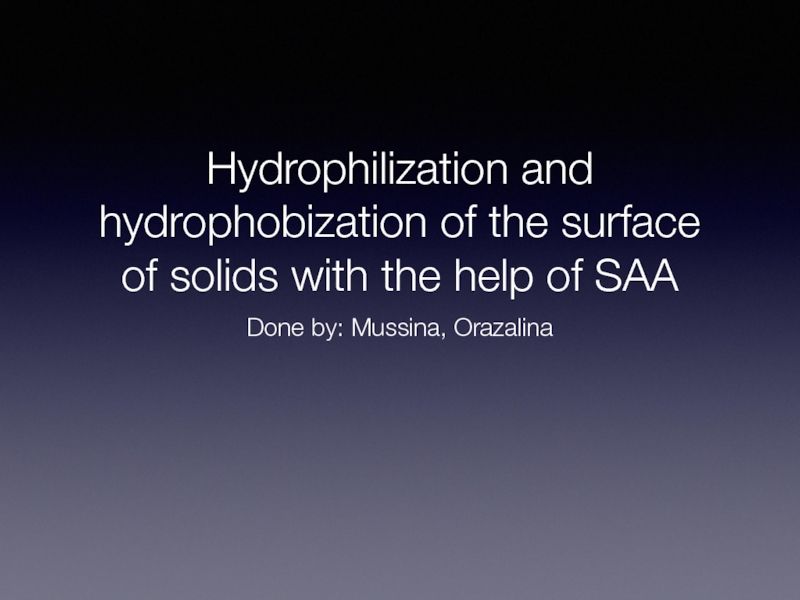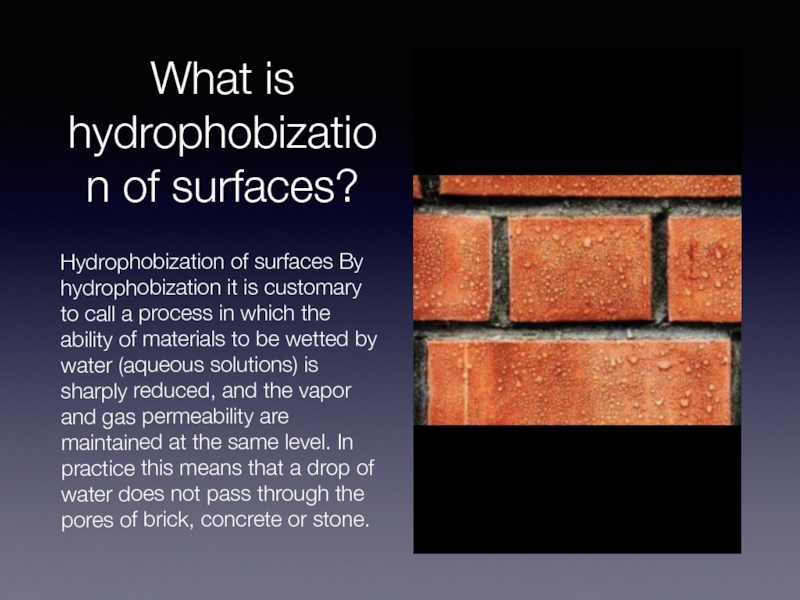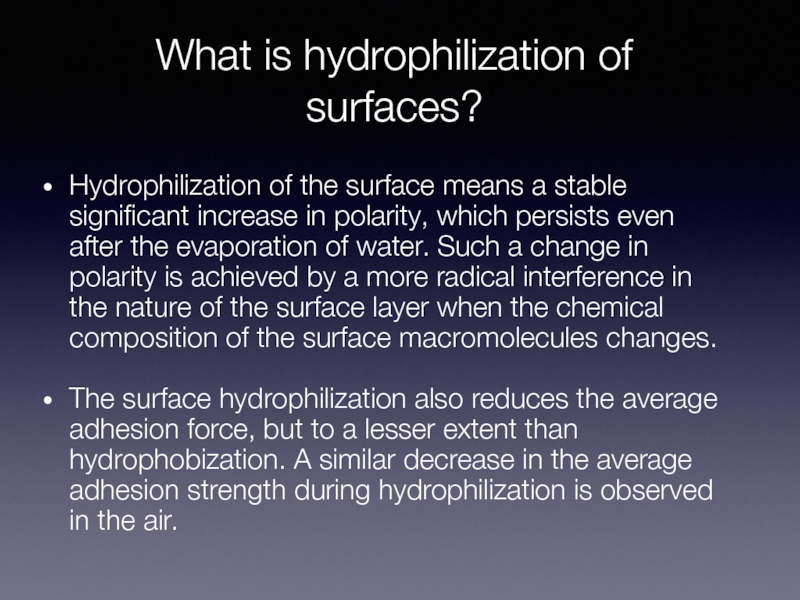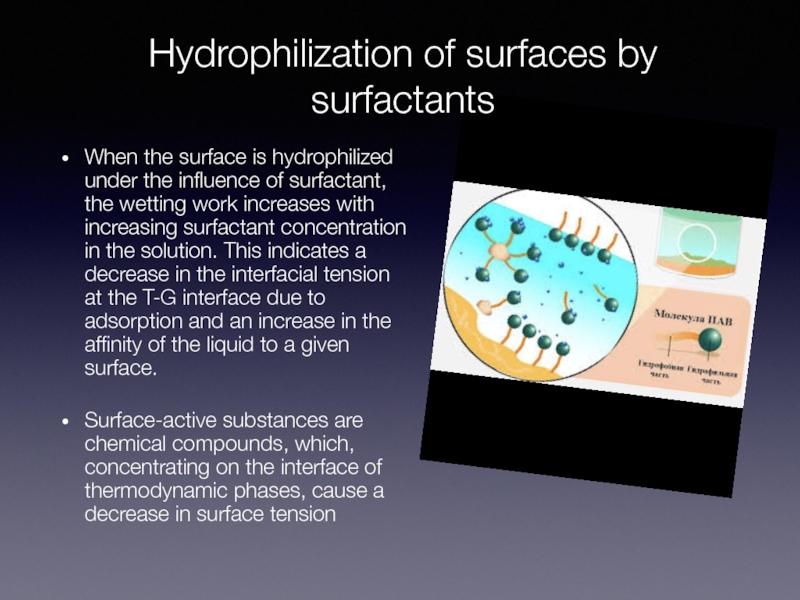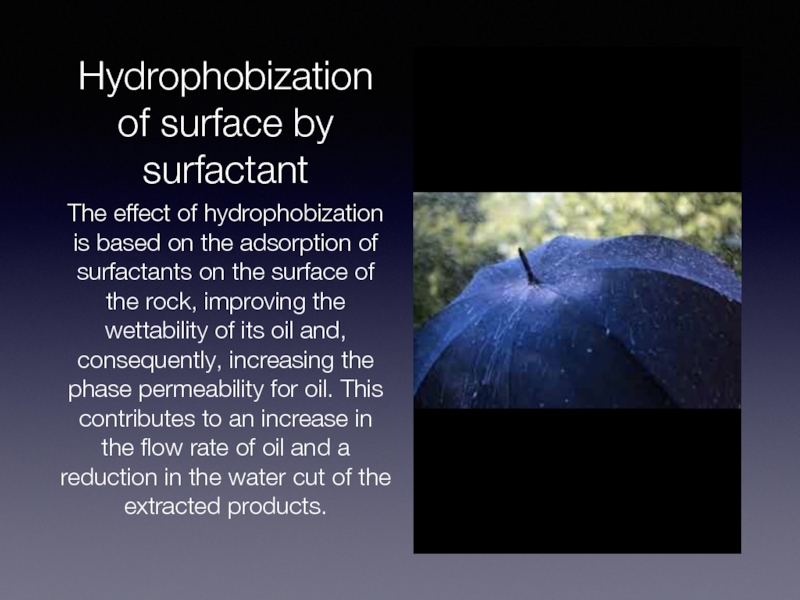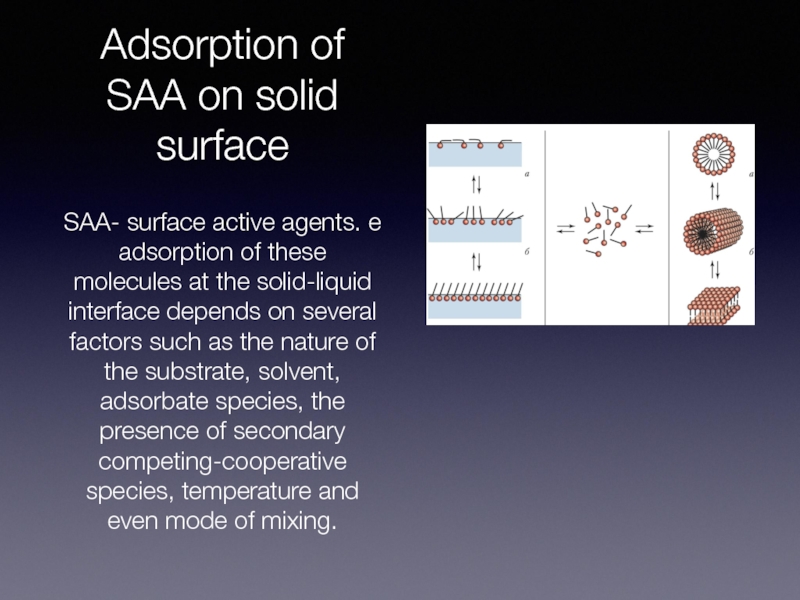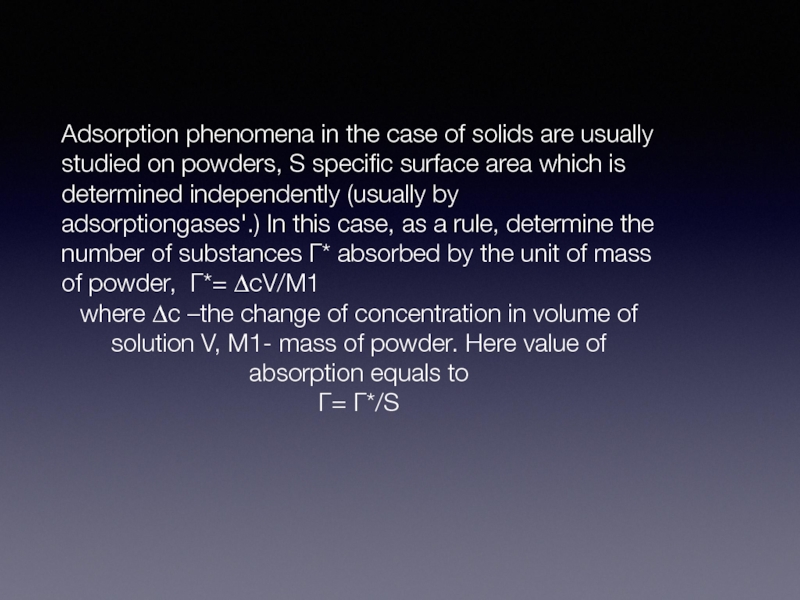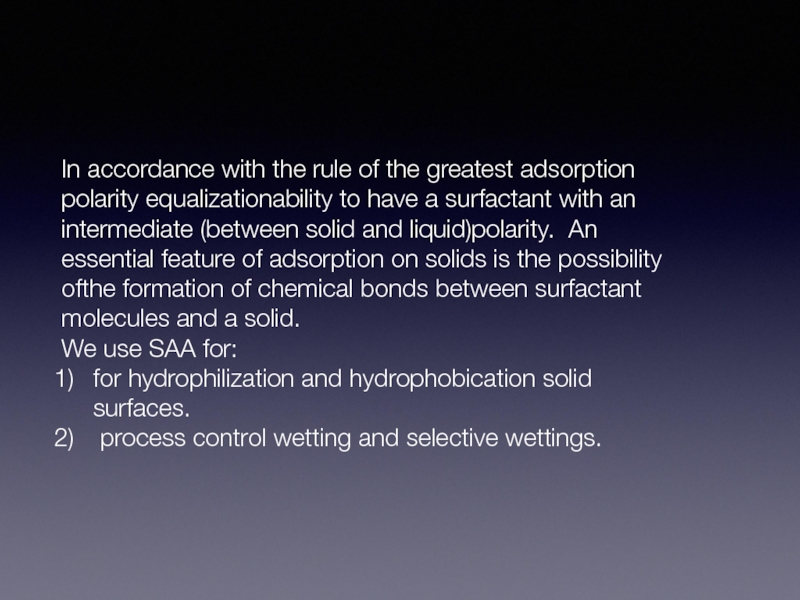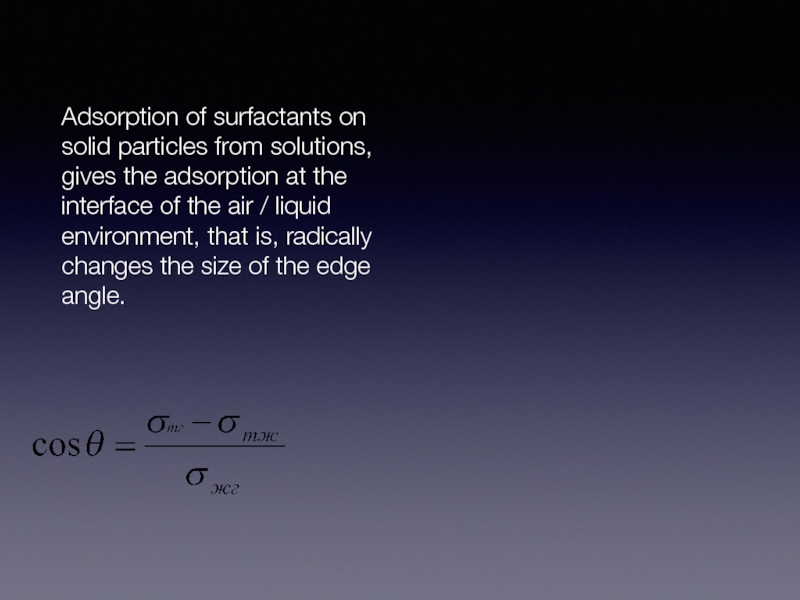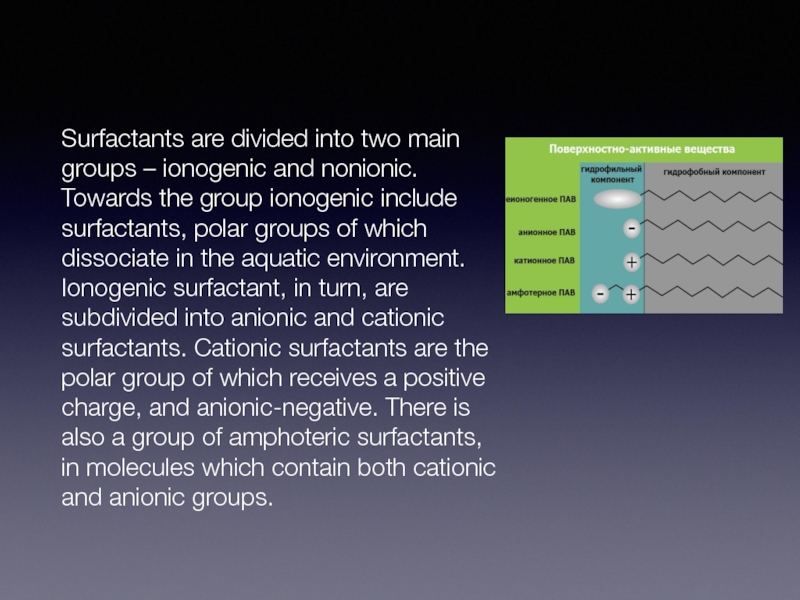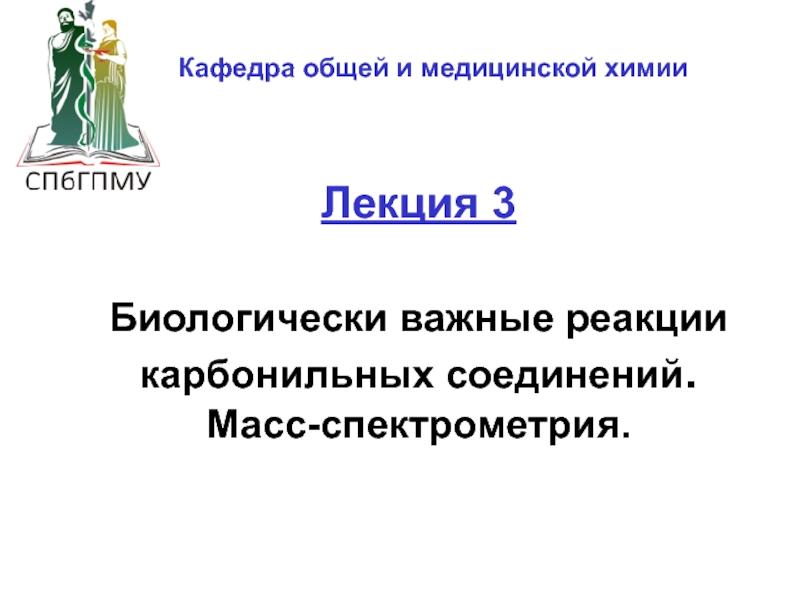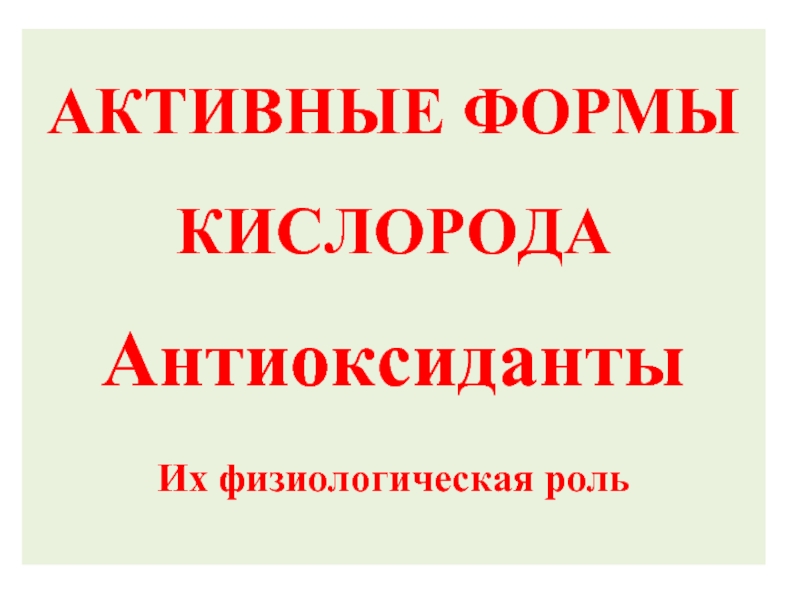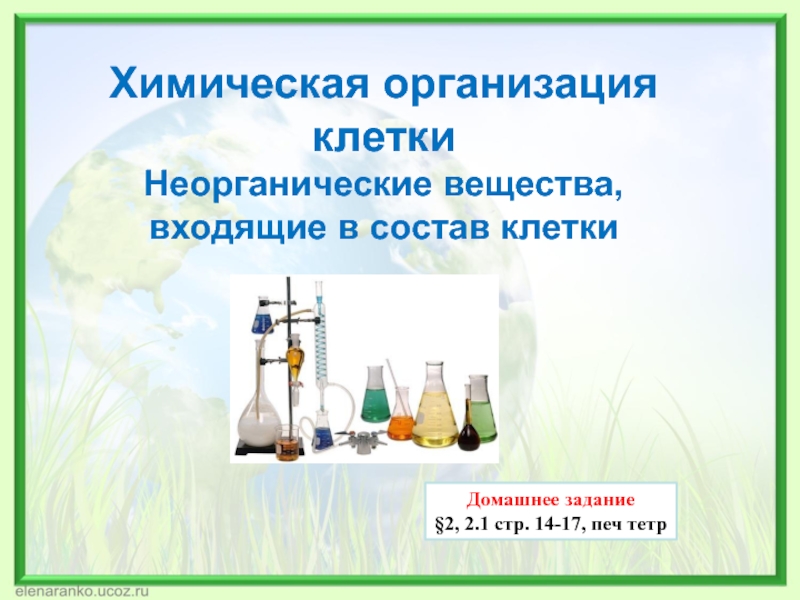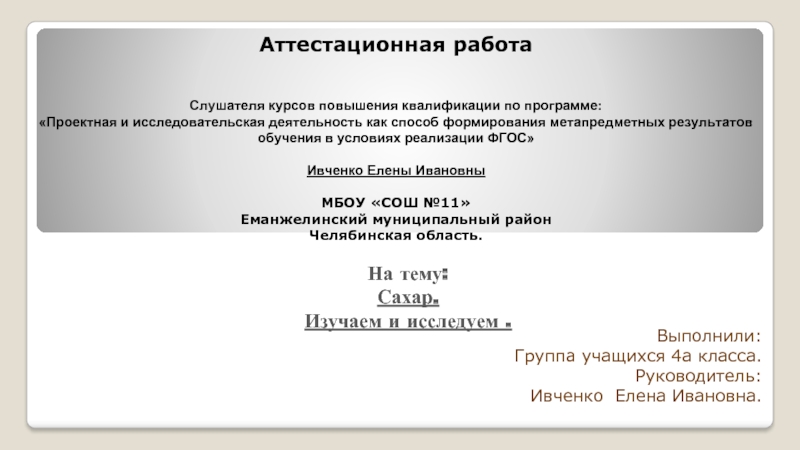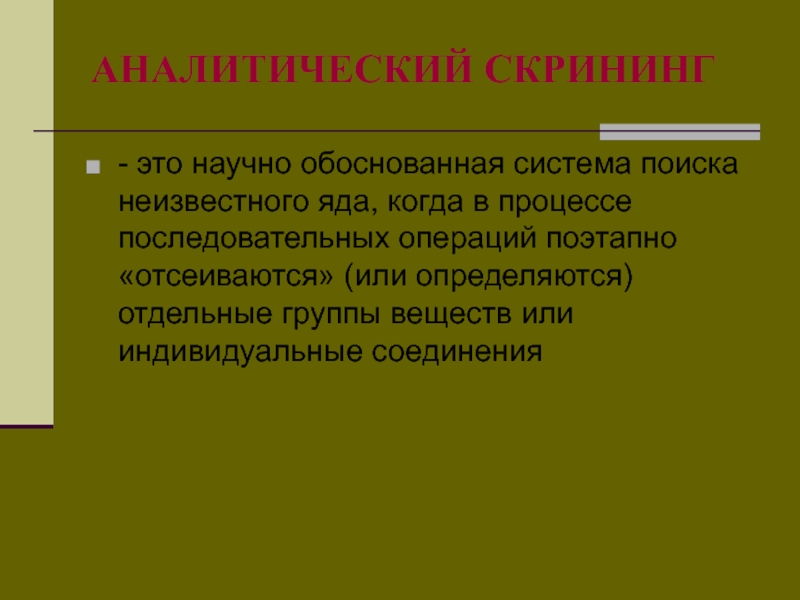Done by: Mussina, Orazalina
- Главная
- Разное
- Дизайн
- Бизнес и предпринимательство
- Аналитика
- Образование
- Развлечения
- Красота и здоровье
- Финансы
- Государство
- Путешествия
- Спорт
- Недвижимость
- Армия
- Графика
- Культурология
- Еда и кулинария
- Лингвистика
- Английский язык
- Астрономия
- Алгебра
- Биология
- География
- Детские презентации
- Информатика
- История
- Литература
- Маркетинг
- Математика
- Медицина
- Менеджмент
- Музыка
- МХК
- Немецкий язык
- ОБЖ
- Обществознание
- Окружающий мир
- Педагогика
- Русский язык
- Технология
- Физика
- Философия
- Химия
- Шаблоны, картинки для презентаций
- Экология
- Экономика
- Юриспруденция
Hydrophilization and hydrophobization of the surface of solids with the help of SAA презентация
Содержание
- 1. Hydrophilization and hydrophobization of the surface of solids with the help of SAA
- 2. What is hydrophobization of surfaces? Hydrophobization of
- 3. What is hydrophilization of surfaces? Hydrophilization of
- 4. Hydrophilization of surfaces by surfactants When the
- 5. Hydrophobization of surface by surfactant The
- 6. Adsorption of SAA on solid surface SAA-
- 7. Adsorption phenomena in the case
- 8. In accordance with the rule
- 9. Adsorption of surfactants on solid
- 10. Surfactants are divided into two main
- 11. Thank you for your attention!
Слайд 1Hydrophilization and hydrophobization of the surface of solids with the help
of SAA
Слайд 2What is hydrophobization of surfaces?
Hydrophobization of surfaces By hydrophobization it is
customary to call a process in which the ability of materials to be wetted by water (aqueous solutions) is sharply reduced, and the vapor and gas permeability are maintained at the same level. In practice this means that a drop of water does not pass through the pores of brick, concrete or stone.
Слайд 3What is hydrophilization of surfaces?
Hydrophilization of the surface means a stable
significant increase in polarity, which persists even after the evaporation of water. Such a change in polarity is achieved by a more radical interference in the nature of the surface layer when the chemical composition of the surface macromolecules changes.
The surface hydrophilization also reduces the average adhesion force, but to a lesser extent than hydrophobization. A similar decrease in the average adhesion strength during hydrophilization is observed in the air.
The surface hydrophilization also reduces the average adhesion force, but to a lesser extent than hydrophobization. A similar decrease in the average adhesion strength during hydrophilization is observed in the air.
Слайд 4Hydrophilization of surfaces by surfactants
When the surface is hydrophilized under the
influence of surfactant, the wetting work increases with increasing surfactant concentration in the solution. This indicates a decrease in the interfacial tension at the T-G interface due to adsorption and an increase in the affinity of the liquid to a given surface.
Surface-active substances are chemical compounds, which, concentrating on the interface of thermodynamic phases, cause a decrease in surface tension
Surface-active substances are chemical compounds, which, concentrating on the interface of thermodynamic phases, cause a decrease in surface tension
Слайд 5Hydrophobization of surface by surfactant
The effect of hydrophobization is based
on the adsorption of surfactants on the surface of the rock, improving the wettability of its oil and, consequently, increasing the phase permeability for oil. This contributes to an increase in the flow rate of oil and a reduction in the water cut of the extracted products.
Слайд 6Adsorption of SAA on solid surface
SAA- surface active agents. e adsorption
of these molecules at the solid-liquid interface depends on several factors such as the nature of the substrate, solvent, adsorbate species, the presence of secondary competing-cooperative species, temperature and even mode of mixing.
Слайд 7
Adsorption phenomena in the case of solids are usually studied on
powders, S specific surface area which is determined independently (usually by adsorptiongases'.) In this case, as a rule, determine the number of substances Г* absorbed by the unit of mass of powder, Г*= ∆сV/M1
where ∆с –the change of concentration in volume of solution V, M1- mass of powder. Here value of absorption equals to
Г= Г*/S
where ∆с –the change of concentration in volume of solution V, M1- mass of powder. Here value of absorption equals to
Г= Г*/S
Слайд 8
In accordance with the rule of the greatest adsorption polarity equalizationability
to have a surfactant with an intermediate (between solid and liquid)polarity. An essential feature of adsorption on solids is the possibility ofthe formation of chemical bonds between surfactant molecules and a solid.
We use SAA for:
for hydrophilization and hydrophobication solid surfaces.
process control wetting and selective wettings.
We use SAA for:
for hydrophilization and hydrophobication solid surfaces.
process control wetting and selective wettings.
Слайд 9
Adsorption of surfactants on solid particles from solutions, gives the adsorption
at the interface of the air / liquid environment, that is, radically changes the size of the edge angle.
Слайд 10
Surfactants are divided into two main groups – ionogenic and nonionic.
Towards the group ionogenic include surfactants, polar groups of which dissociate in the aquatic environment. Ionogenic surfactant, in turn, are subdivided into anionic and cationic surfactants. Cationic surfactants are the polar group of which receives a positive charge, and anionic-negative. There is also a group of amphoteric surfactants, in molecules which contain both cationic and anionic groups.
